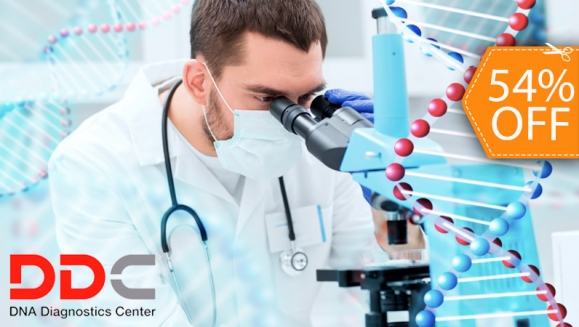
With so many cases, it is not uncommon to observe some cases that may have either included unrelated individuals as a certain relationship (i.e., false positive) or excluded truly related individuals as unrelated (i.e., false negative). As of today, it is reasonable to estimate that more than 15 million relationship cases have been tested globally. In addition, many criminal cases and missing person identification cases rely on relationship testing. Recently, US Immigration and Customs Enforcement established DNA testing sites at the southwest border to identify fraudulent familial relationships claimed by immigrants, which may test tens of thousands of cases per year.

DNA testings also are applied globally to address issues of fraud and abuse that arise with international migration and refugee family reunions.

China has a similar number of relationship testing cases as that of the US, and the number of cases has been increasing due to recent national policy change. This number is likely an underestimate some laboratories did not report their numbers to AABB, and some laboratories provide services without accreditation. According to American Association of Blood Banks (AABB) annual reports, about 400,000 relationship testing cases are performed each year within the AABB accredited laboratories residing mostly in the United States. Indeed, DNA testing has been the gold standard of the forensics applications and greatly impacts society and individuals alike. Relationship testing was the first application of DNA-based technologies used for forensic purposes.


 0 kommentar(er)
0 kommentar(er)
